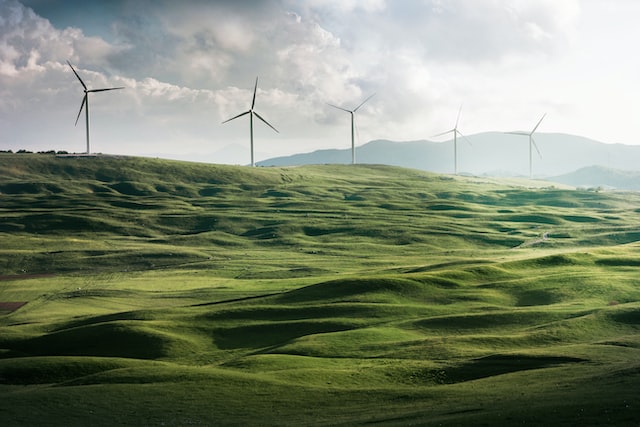With the ‘smog season’ coming up just a few months away in northern Indian states, US and Chinese scientists have developed a novel computer model that can help accurately predict air pollution levels in the region a season well in advance
 KRC TIMES Desk
KRC TIMES Desk

India has emerged as one of the world’s most polluted countries, with particulate matter (PM) 2.5 levels spiking over 500 micrograms per cubic metre in Delhi and many other north Indian states last year.
According to the State of Global Air 2019 report published earlier this year depicted, over 1.2 million people died in India due to air pollution in 2017. The new model would be allowing the government to forecast aerosol pollution conditions in winter and accordingly improve plans for pollution control.
The statistical model, that has been described in the journal Science Advances, uses certain climatic patterns related to the ocean which have a regulatory effect on the wintertime air pollution over northern India.
The researcher noted that India’s neighbour China is making every effort to control air pollution, and India has emerged as the world’s most polluted country, receiving worldwide attention with frequent winter haze extremes.
The study found that the inter-annual variability of wintertime aerosol pollution over northern part of India is regulated mainly by a combination of El Nino. A climate cycle in the Pacific Ocean with a global impact on weather patterns and the Antarctic Oscillation (AAO), a low-frequency mode of atmospheric variability of the southern hemisphere. Both El Nino sea surface temperature (SST) anomalies and AAO-induced.
The prediction exhibits a high degree of consistency with observation. In order to alleviate the problem of air pollution, India could make efforts first in renewable production of electricity (wind, solar, etc) to replace coal-fired power plants, and reduce the usage in household cooking contributing to control smog.



